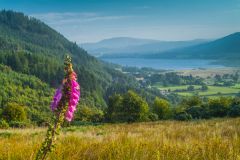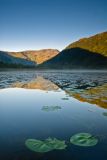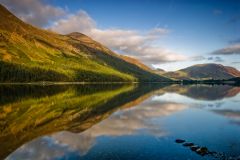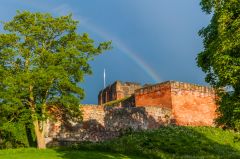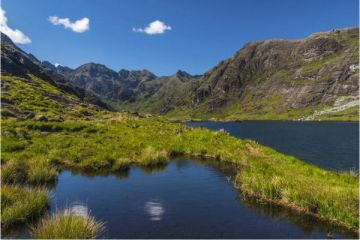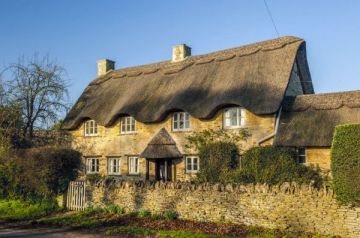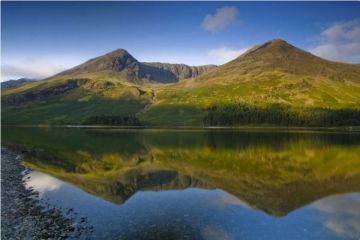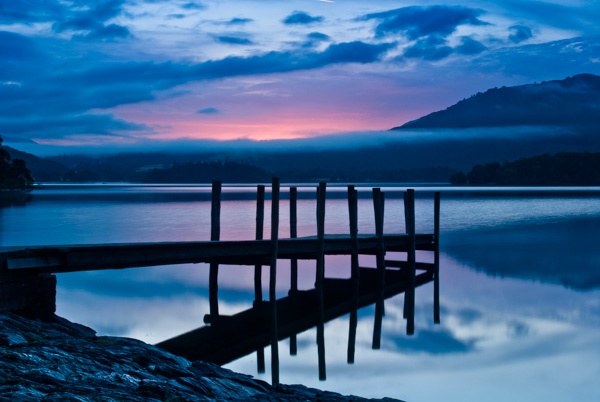
Cumbria is one of England's most visited regions - for good reason. Much of this hilly region of north-west England is included in the Lake District National Park.
This largest of England's National Parks provides an exciting mix of mountain and lake scenery. Postcard-perfect in summer, in fall the brown bracken of the mountain slopes contrasts with the reds of oak forests and the beginnings of snow-white frosting on the mountain peaks.
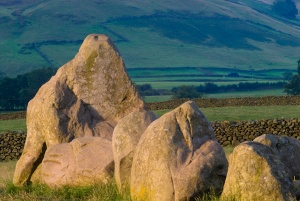
The Lake District is a walker's paradise at any time. One of the most popular of the multitude of fine hill-walking opportunities is Scafell Peak, at 3210 ft the highest mountain in England. Another popular walk is Helvellyn, which can be a pleasant stroll or a distinct challenge, depending upon which path you choose.
Be warned: the weather can change suddenly, and even if it looks fine at lower elevations, the peaks may be subject to unpleasant conditions. Always check the weather forecast before setting out.
For the less adventurous there are countless trails among the lower fells and around the shores of the lakes which make for fine walking. The "Mountain Goat" buses will get you to most of the main passes for fell walking. If you'd rather use two wheels instead of two feet, take on the challenge of the 259 mile circular Cumbria Cycle Way.
If you prefer a more leisurely style of exploration, you can take a regularly scheduled boat trip on one of the lakes. Lake Windermere, in particular, is a popular boating destination.
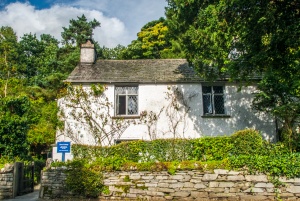
The spectacular scenery of the Lake District has drawn literary figures for generations. One of the most popular was William Wordsworth, who lived at Dove Cottage, which is now a museum of the poet's life and works. Beatrix Potter, the author of the Peter Rabbit tales, lived at Hill Top, near Ambleside, and Brantwood was the home of John Ruskin, the influential Victorian art critic and writer.
Near Keswick is Castlerigg Stone Circle, an atmospheric circle of standing stones set in a natural amphitheatre of hills and peaks. The striking circle can easily be accessed from the village. Another outstanding stone circle is Long Meg and Her Daughters, near Little Salkeld.
Legend tells that the stones were witches who were petrified by a wizard. The story goes on to say that the stones are uncountable, and if anyone should manage to arrive at the same total twice, the spell will be broken.
More modern by a few millennia is the World Heritage Site, Hadrian's Wall, the Roman barrier against the tribes of Scotland, which stretches from Carlisle in the west to the mouth of the River Tyne in the east. In Cumbria the best sections of the wall to visit include the remains of the Roman camp at Birdoswald.
Artefacts from the Wall can also be seen at the Carlisle Museum. Carlisle itself has a tumultuous history; the town was fought over by Scots and English over the centuries, though it only surrendered to the Scots in 1745 when Bonnie Prince Charlie briefly held the city. Carlisle Castle is built around a late 11th century Norman keep, while the cathedral boasts early Norman work as well as superb medieval stained glass.
The Lakeland villages of Cumbria can be crowded with visitors in the summer months, and many of the more popular villages suffer from "tourist-itis", but there are still pockets of calm.
Ambleside and Grasmere maintain a sense of serenity, and the Eden Valley presents an enjoyable refuge from the crowds. Take a trip on the old Settle to Carlisle Steam Railway or visit the historic castle of Appleby. At Stott Park visit a working bobbin mill, a reminder of Cumbria's industrial past.
